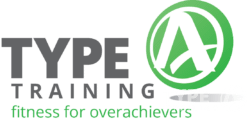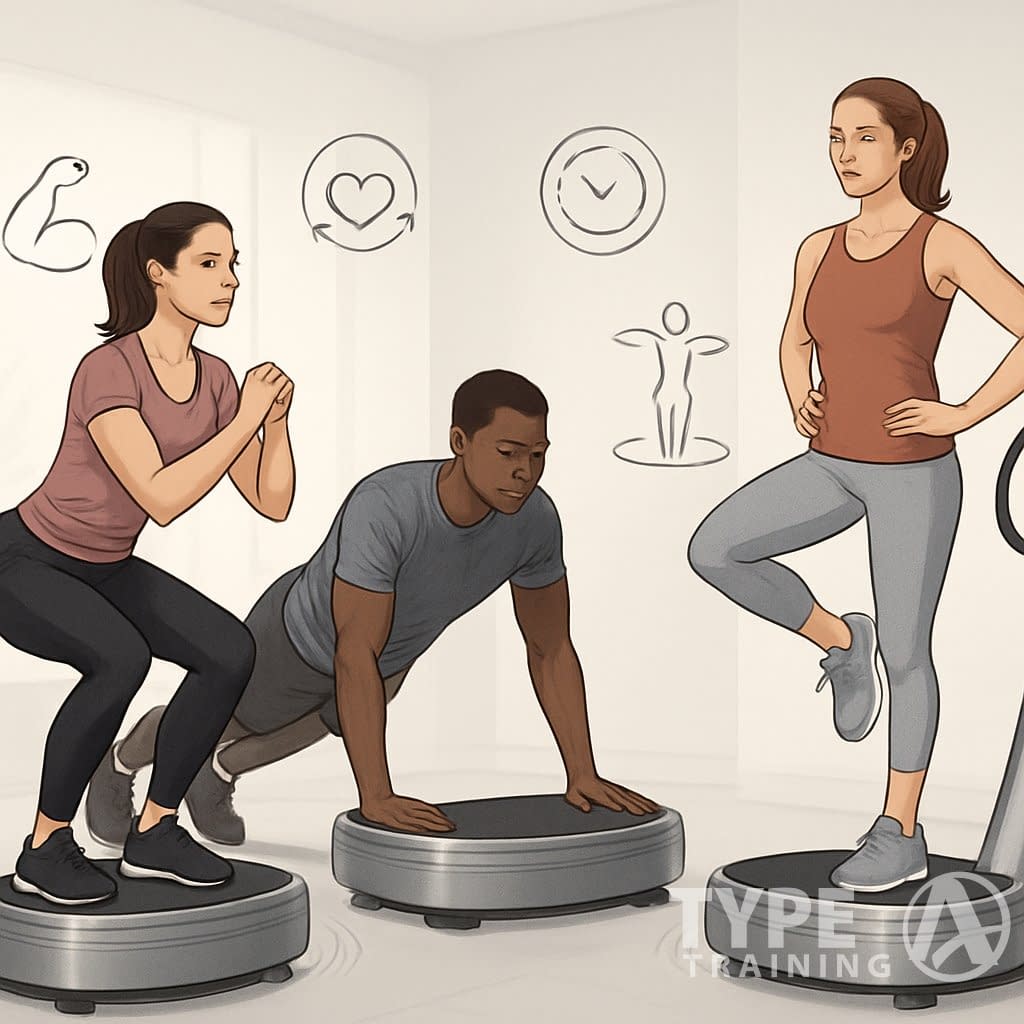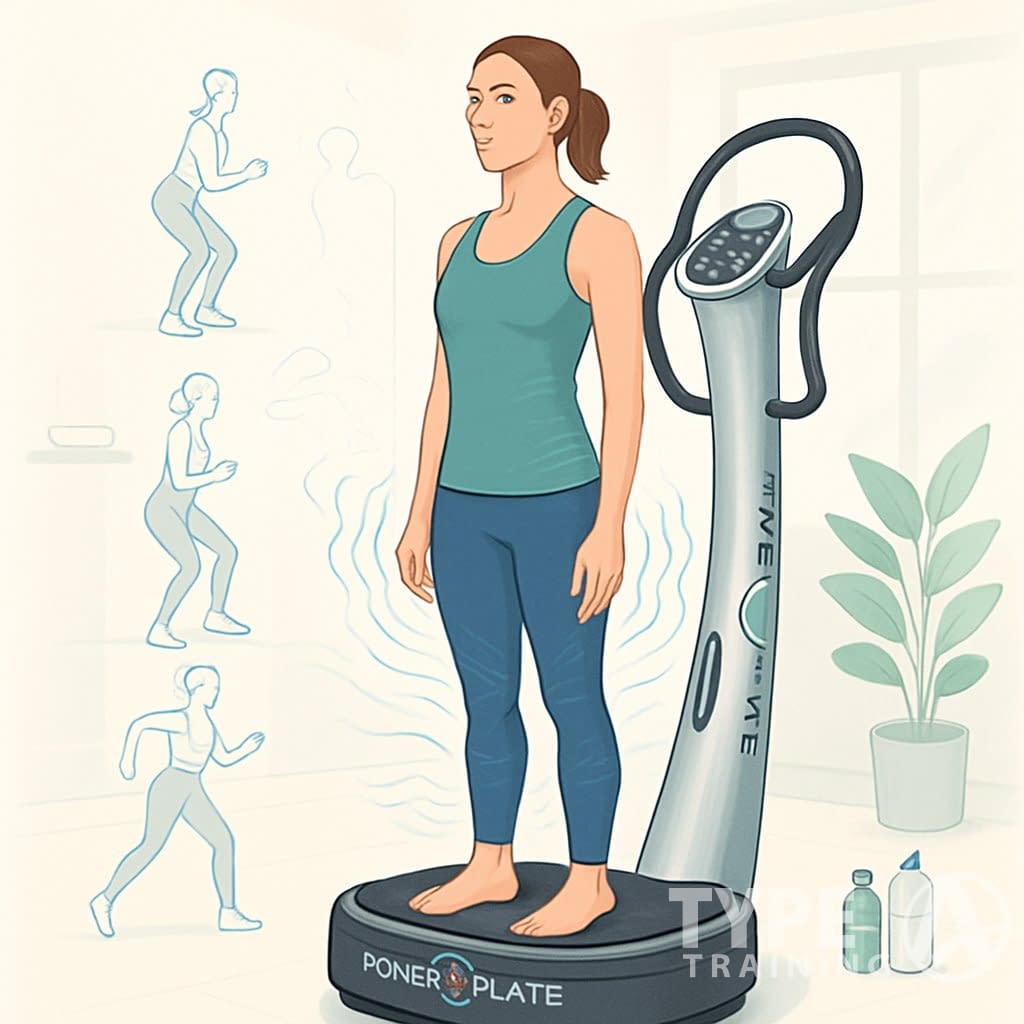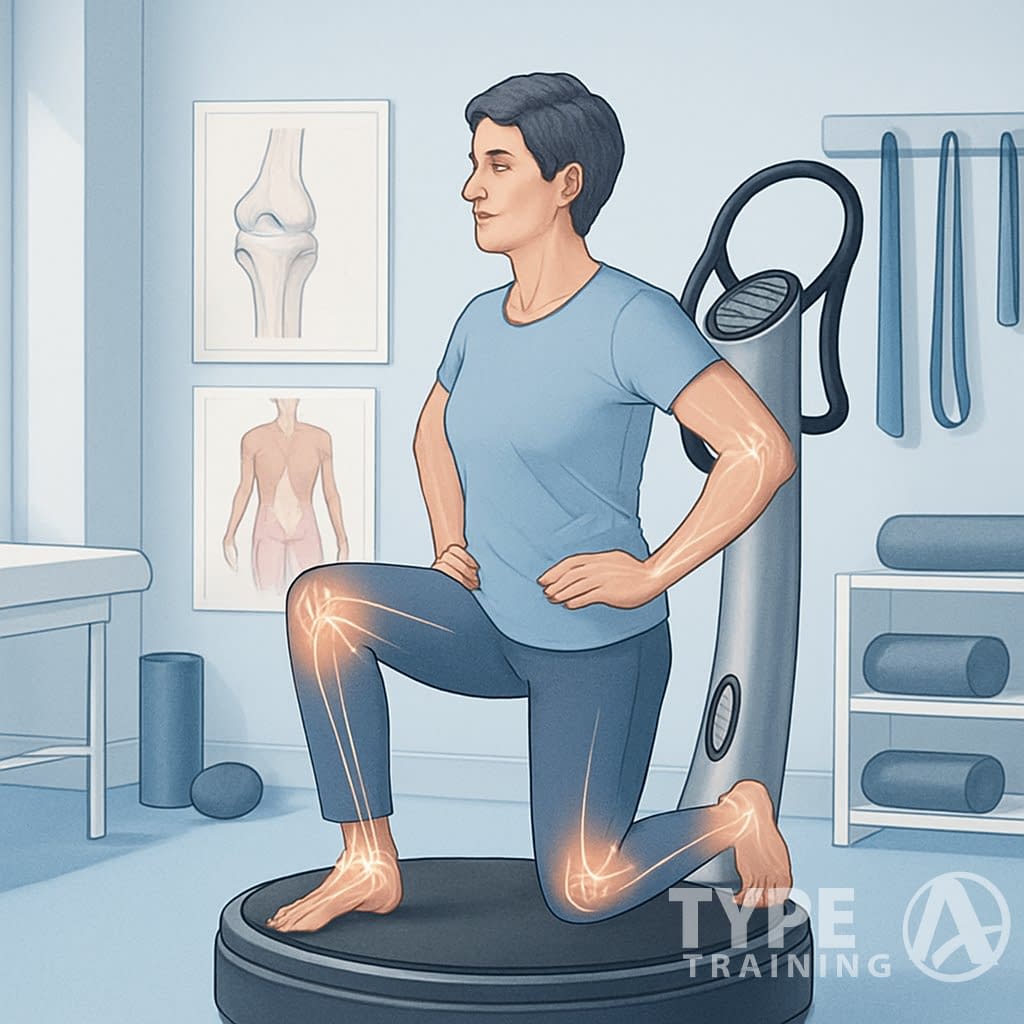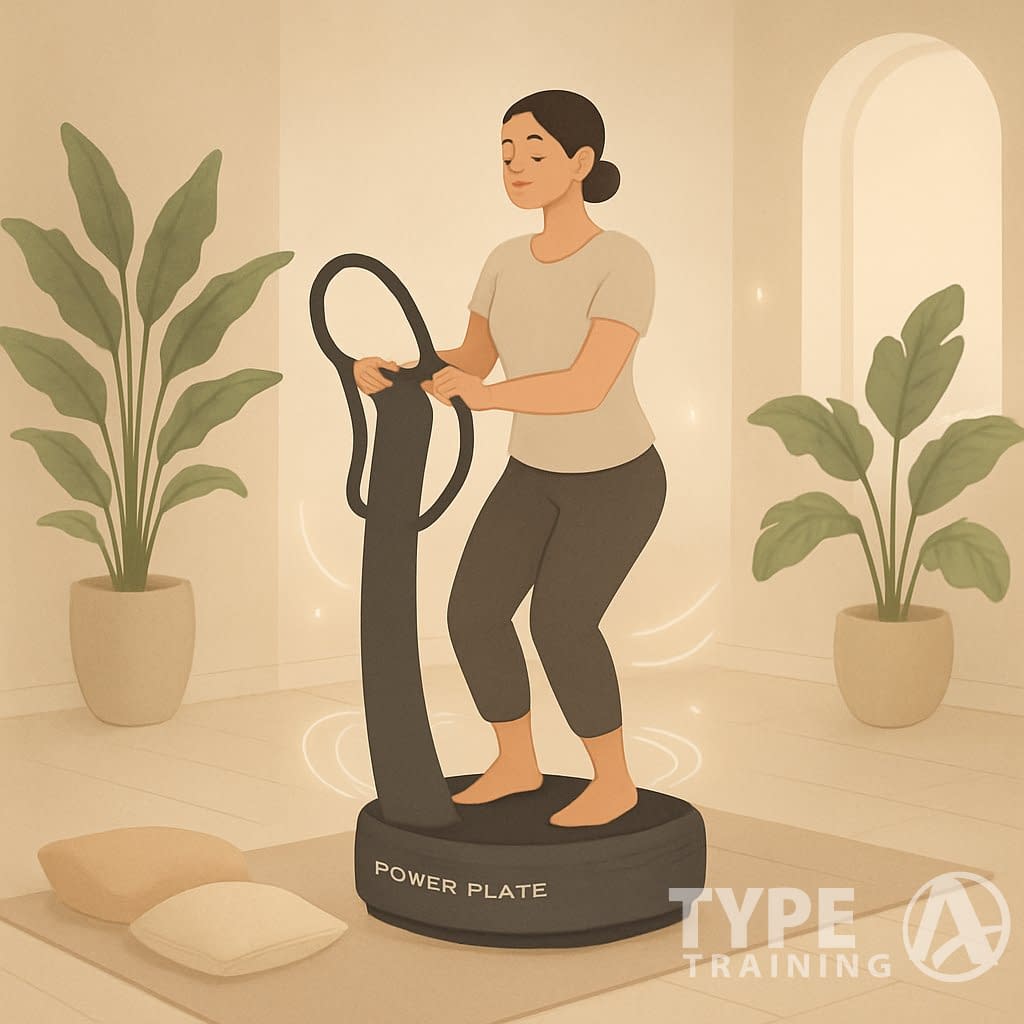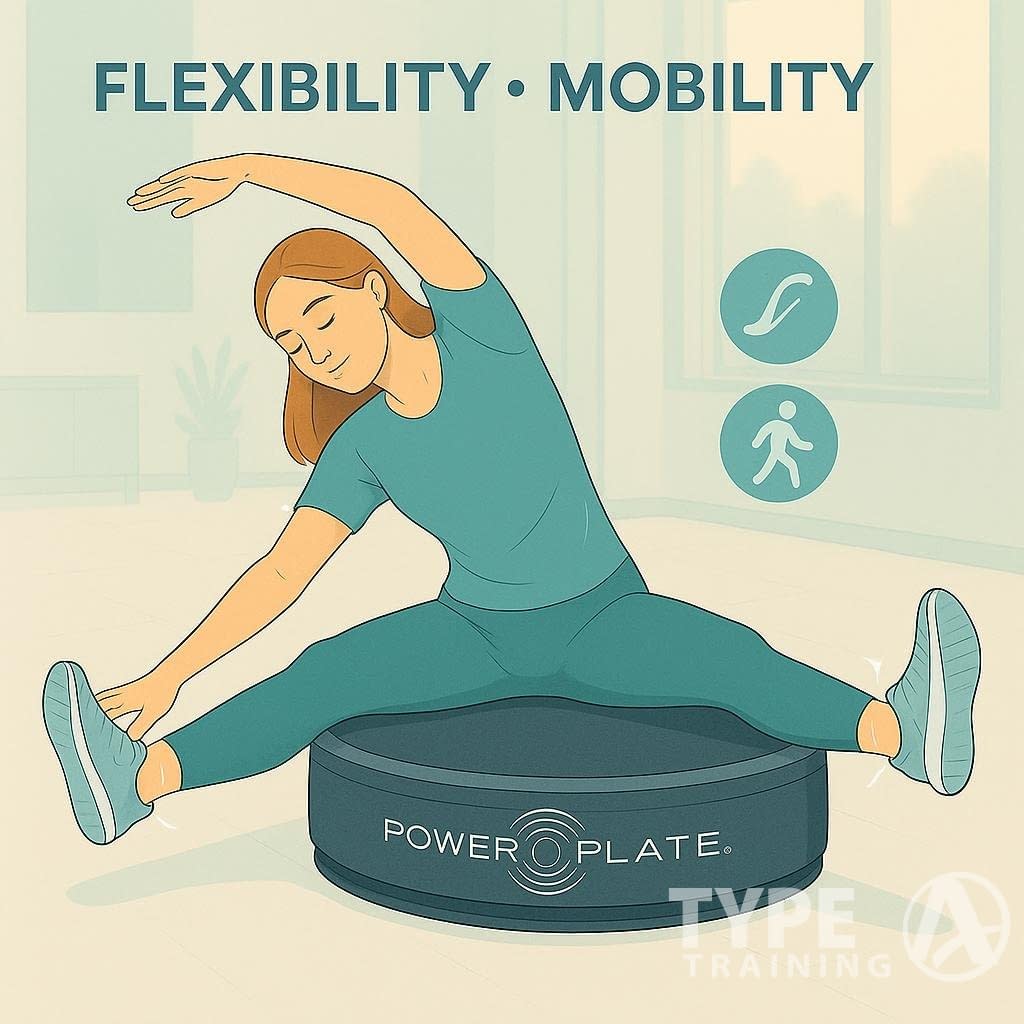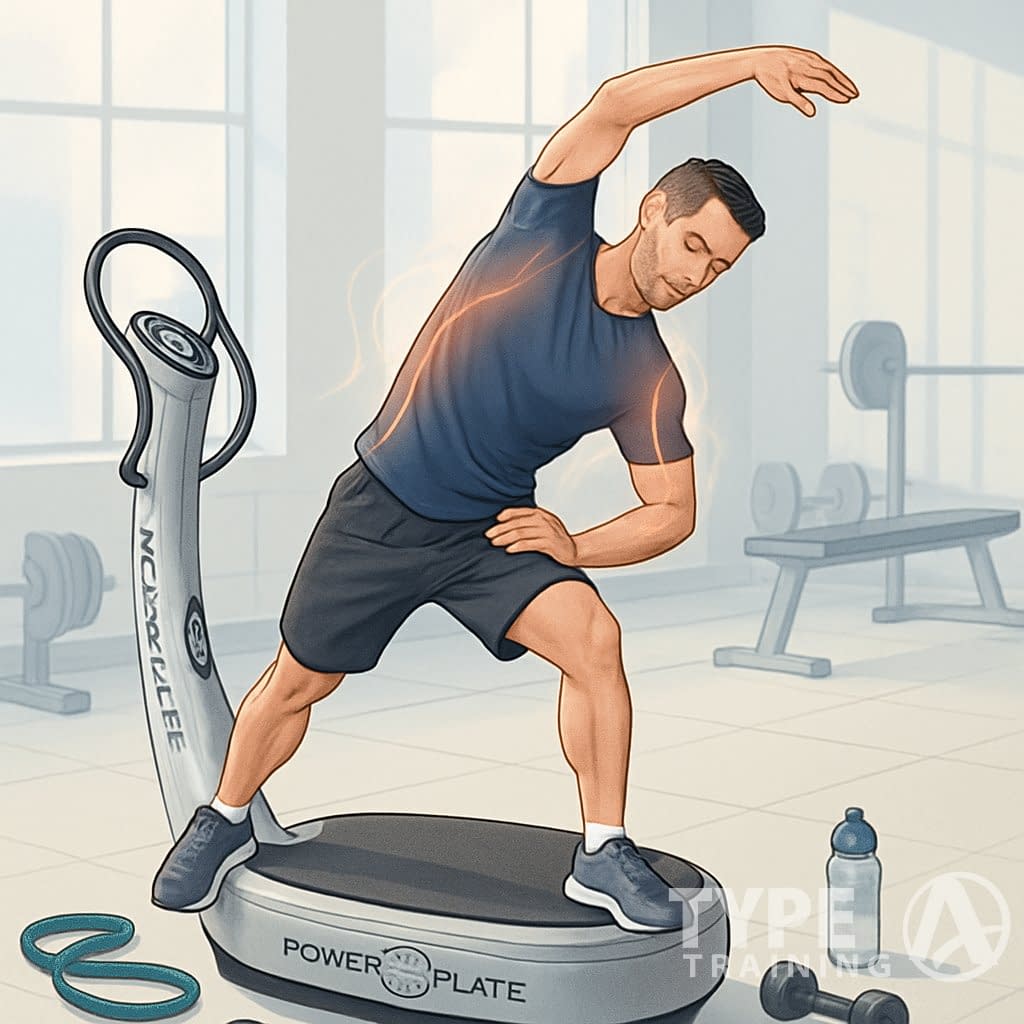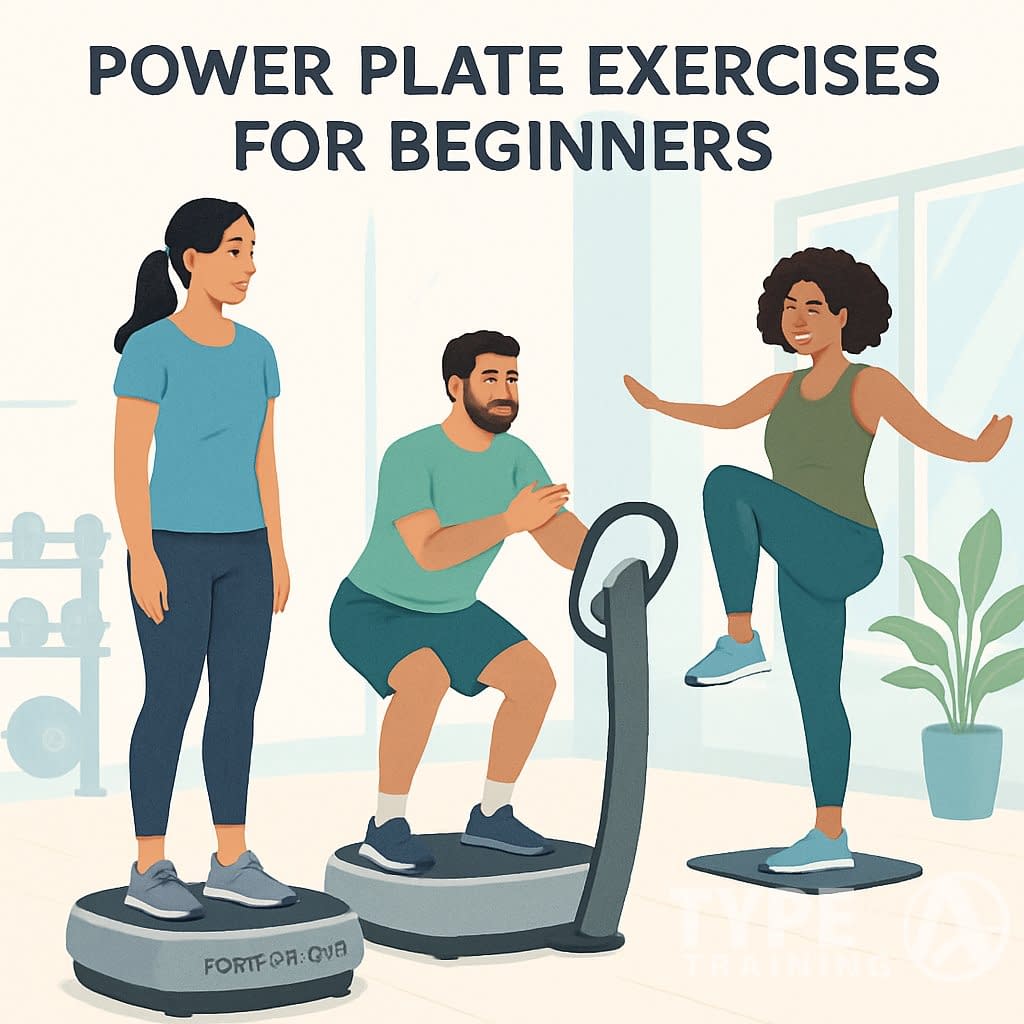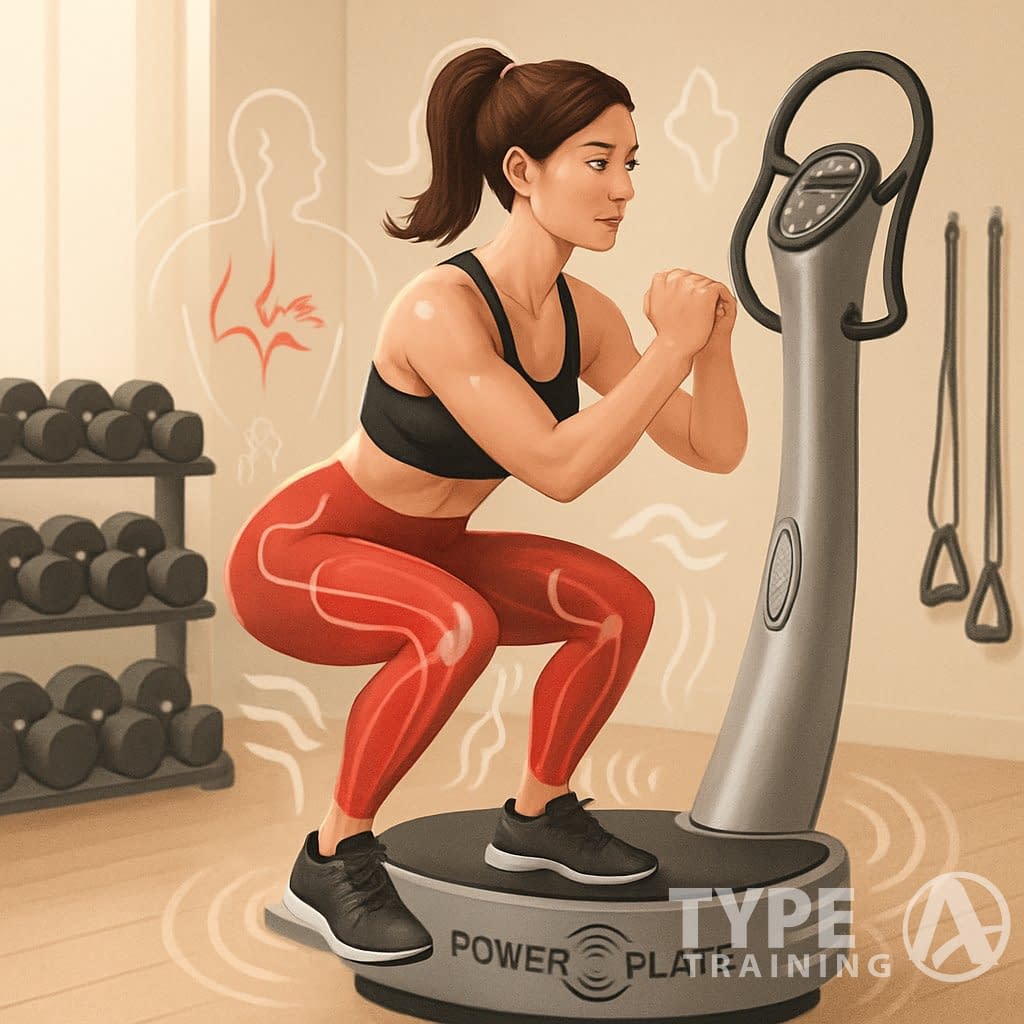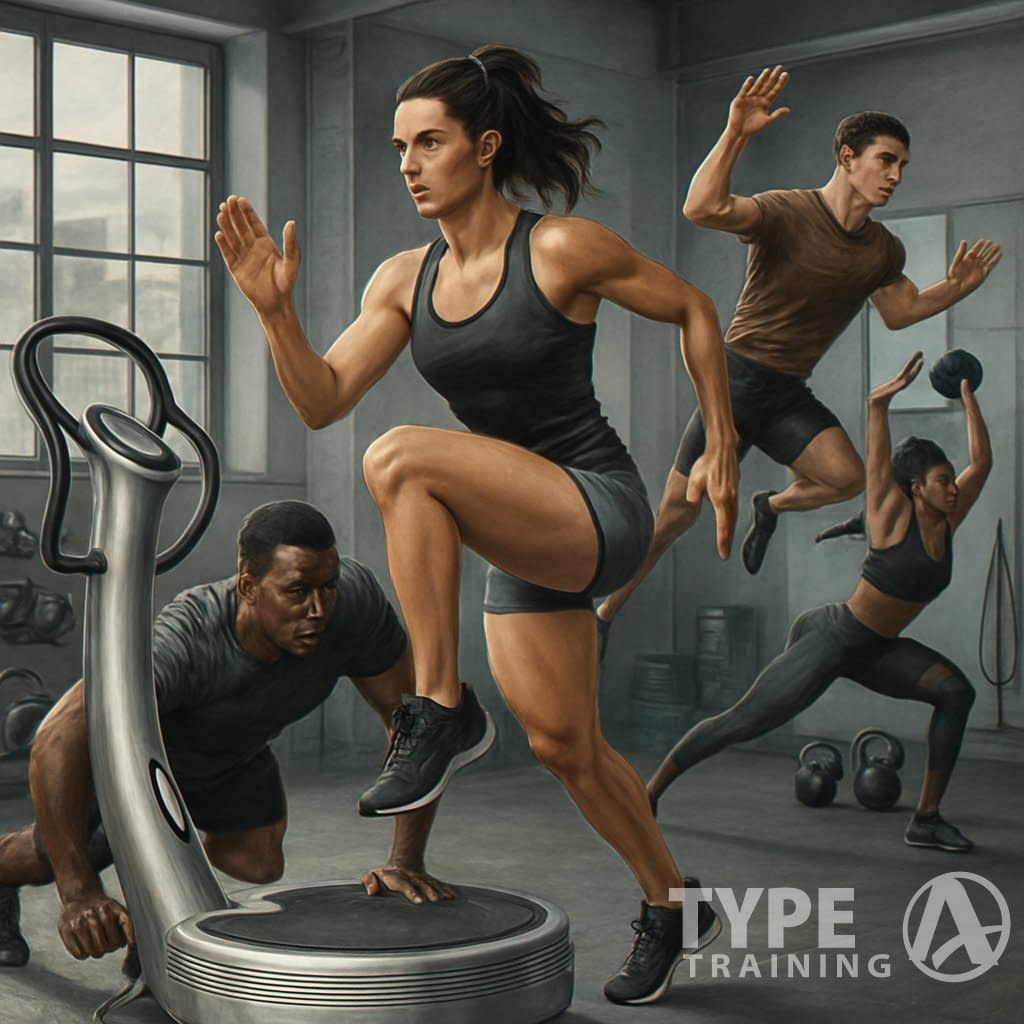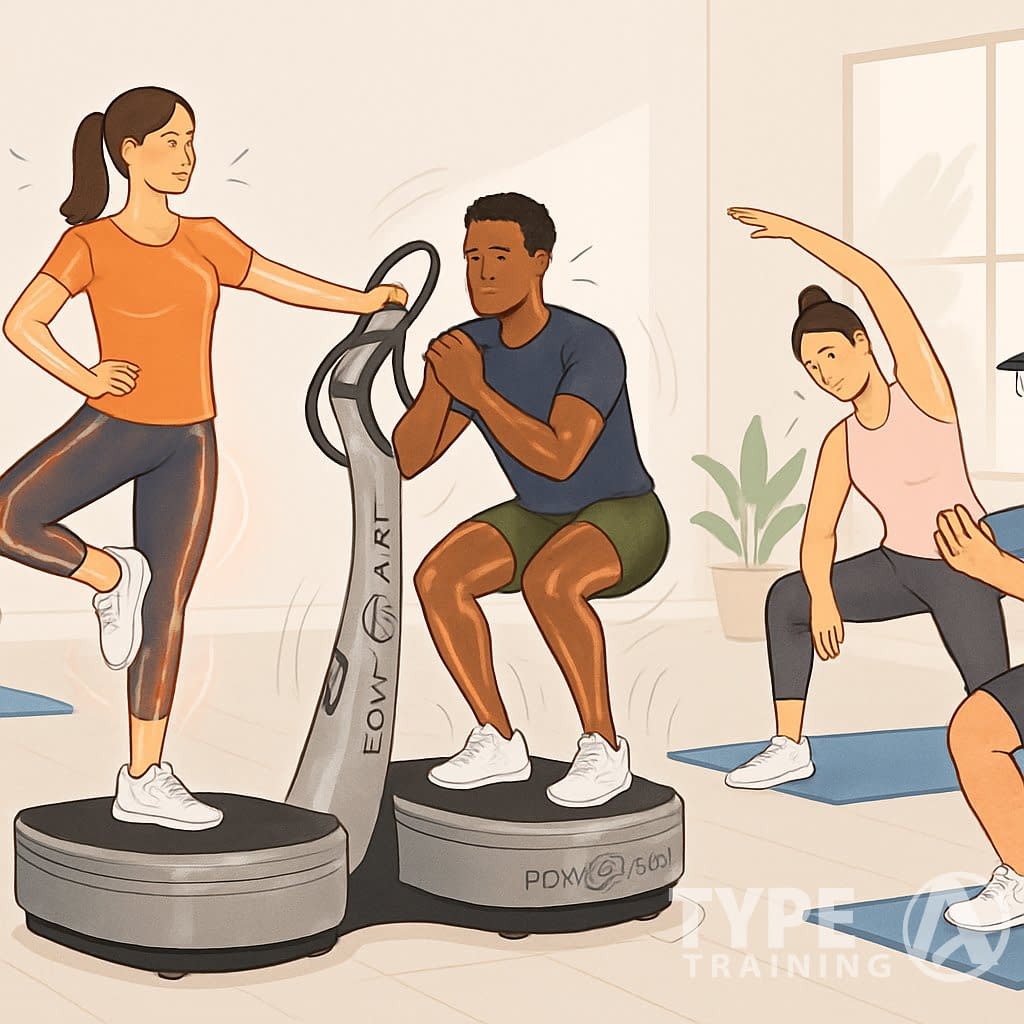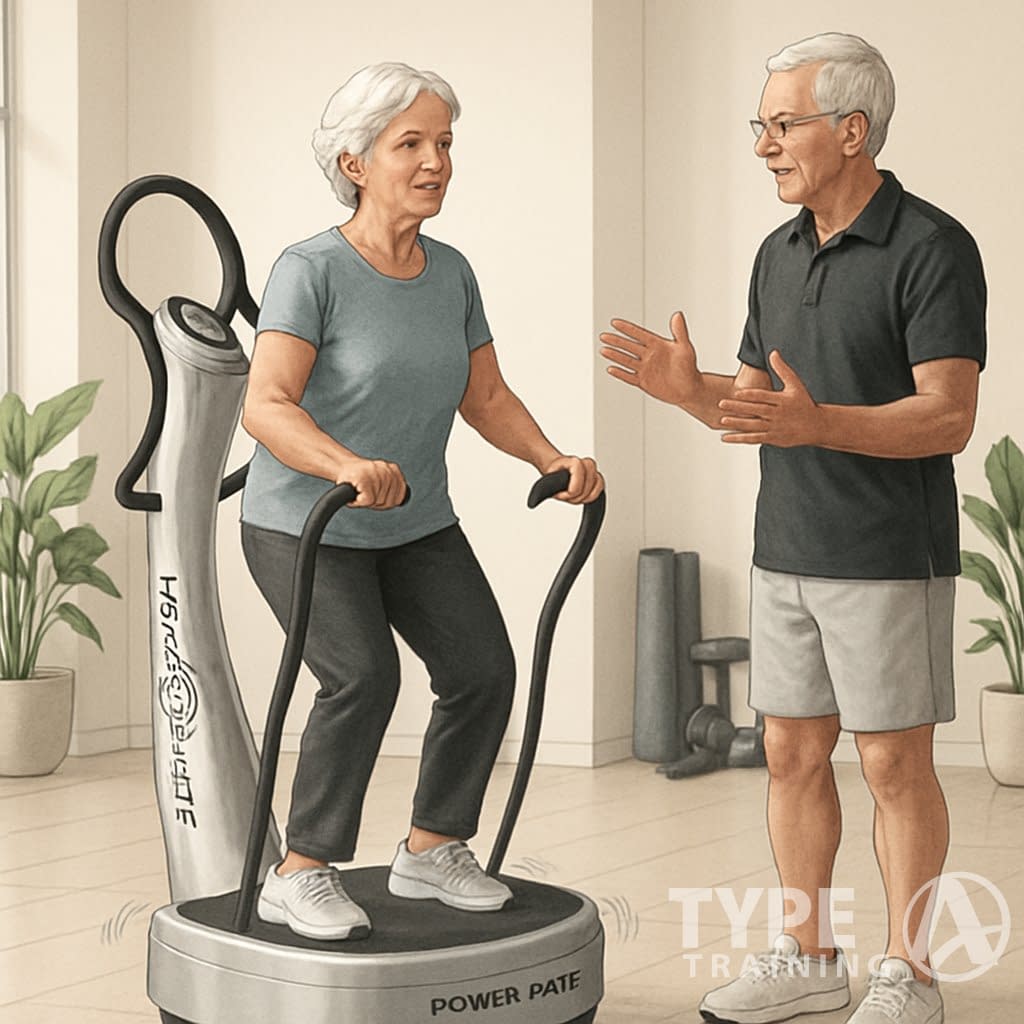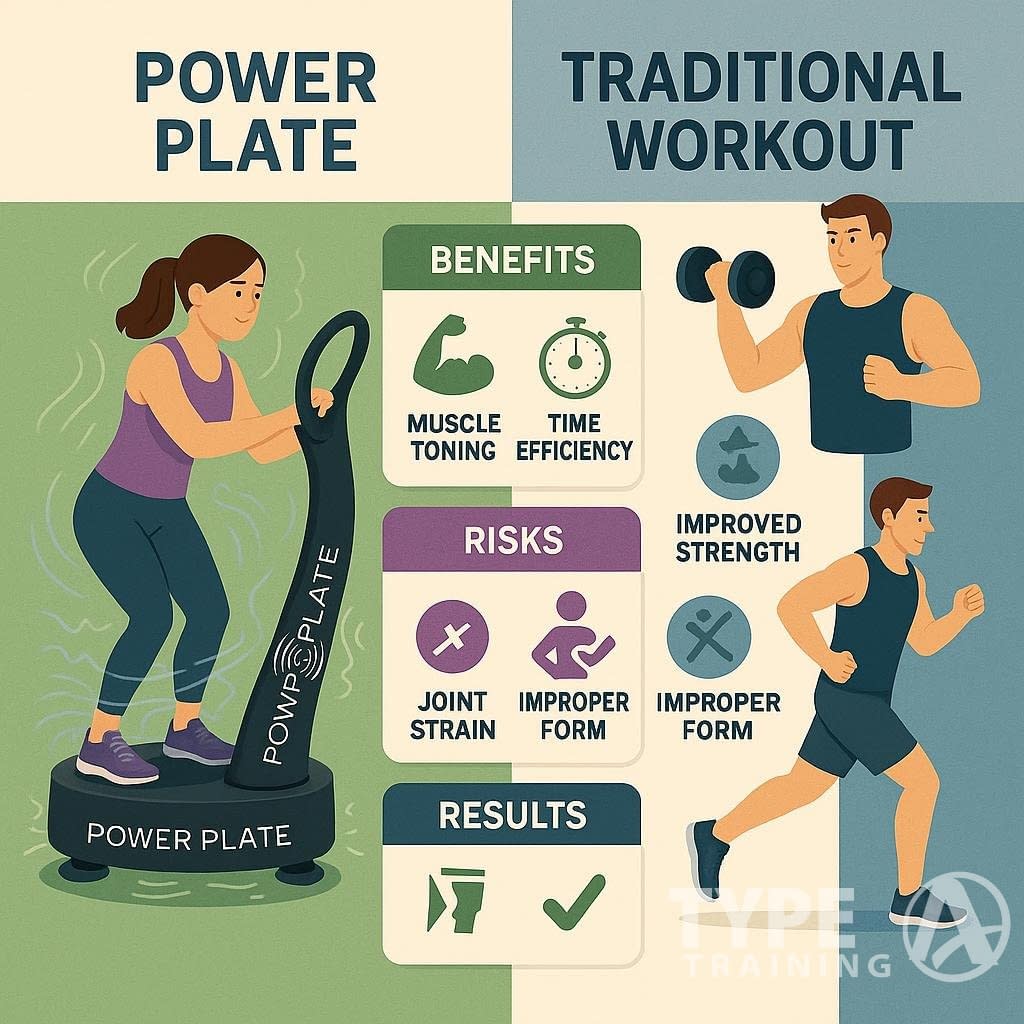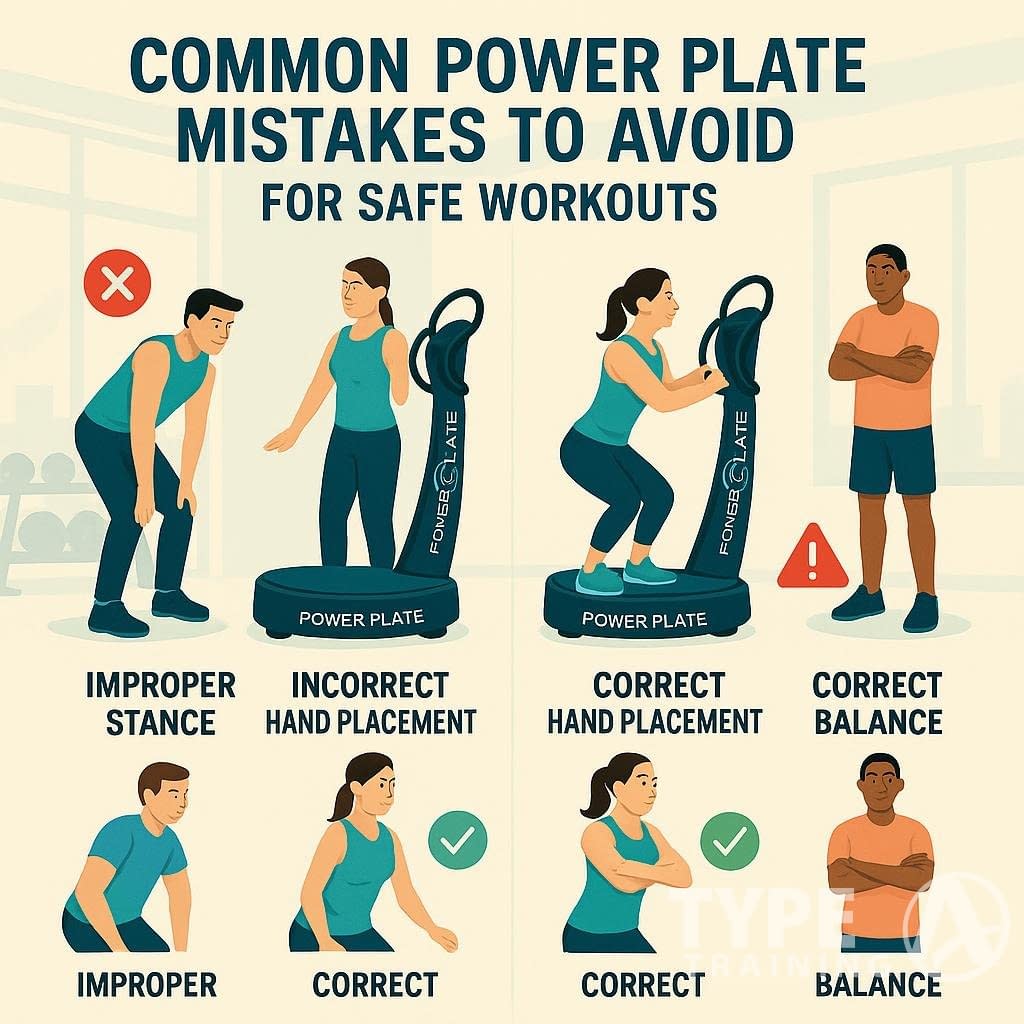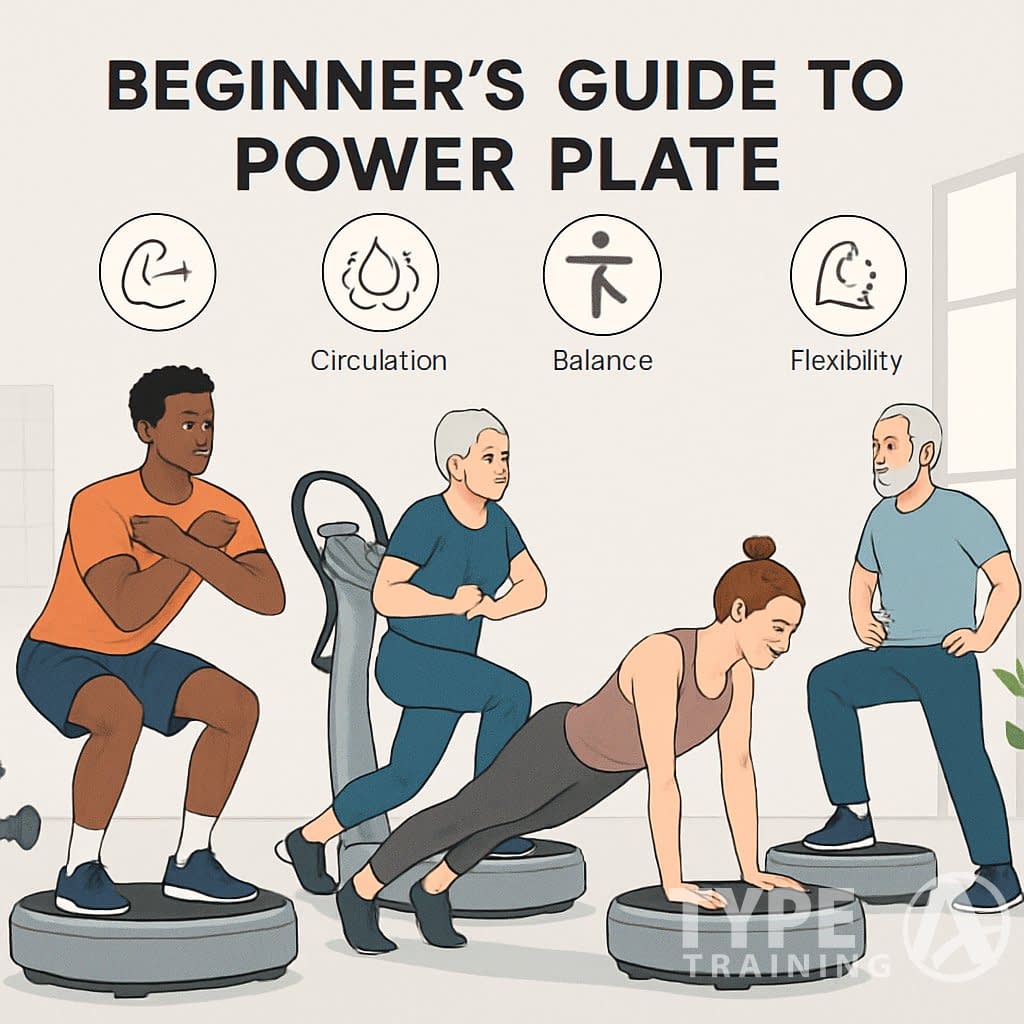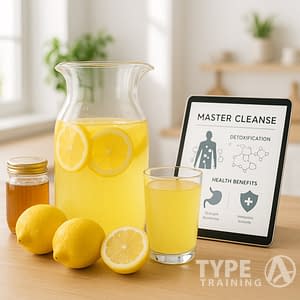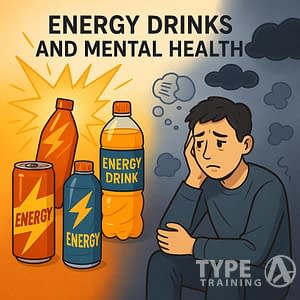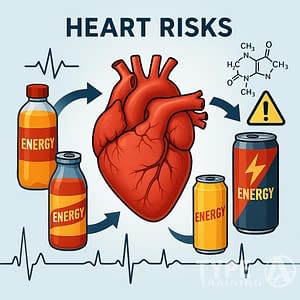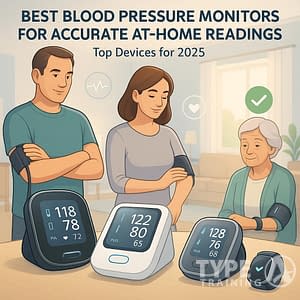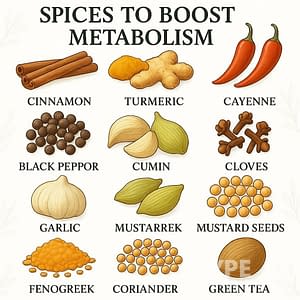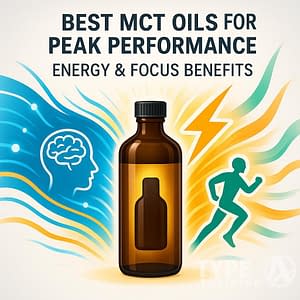If you’re looking for a workout that saves time and boosts results, the Power Plate might be worth a try. This machine uses whole-body vibration to make your muscles contract dozens of times per second, cranking up the intensity of even basic movements. With a focus on Power Plate benefits and exercises, you’ll find it especially effective. The Power Plate benefits and exercises not only enhance your workout but also accelerate recovery. Incorporating Power Plate benefits and exercises into your routine can yield remarkable improvements in strength, balance, and overall fitness.
You can improve strength, balance, and recovery in just a few minutes by using the Power Plate correctly.
Incorporating Power Plate benefits and exercises into your routine can yield remarkable improvements in strength and balance.
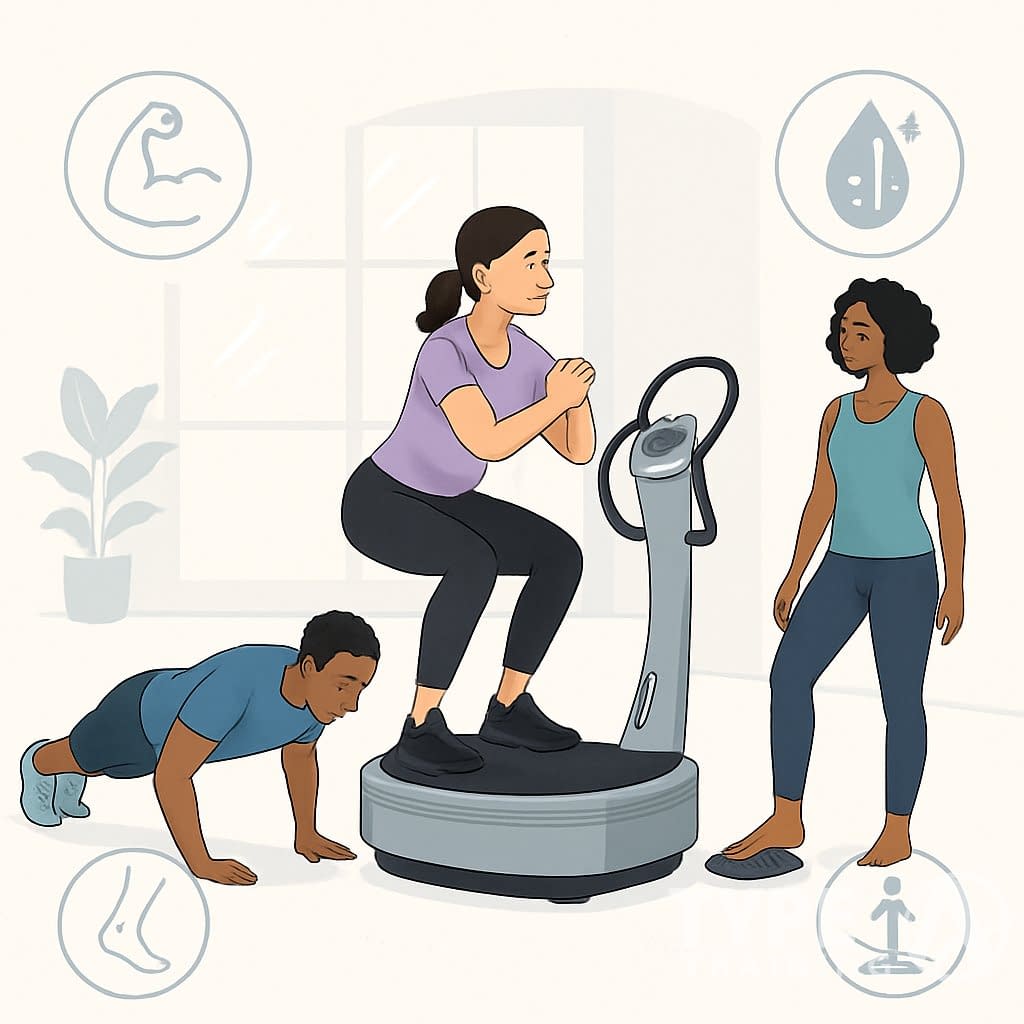
Popular posts:
You don’t have to be an athlete to get something out of it. Beginners can start with short sessions and simple moves like squats, planks, or lunges.
Understanding the various Power Plate benefits and exercises helps beginners maximize their efforts without overwhelming themselves.
By understanding the unique Power Plate benefits and exercises, you’ll maximize your fitness potential and experience a more engaging workout.
The vibrations make these exercises more challenging, but you don’t have to pile on heavy weights. That’s part of what makes the Power Plate a safer way to build strength.
It can also support joint health and help muscles bounce back faster. Honestly, it even feels pretty relaxing after a long, stressful day.
Learning how to use the Power Plate the right way really sets you up for progress. With good form and a plan, you’ll warm up quicker, work your muscles harder, and recover faster.
Whether you want to get stronger, move better, or just shake up your routine, this guide will lay out the steps and exercises to help you start with confidence.
This guide emphasizes the Power Plate benefits and exercises that can enhance your fitness journey.
The Power Plate benefits and exercises are designed for everyone, from beginners to advanced users, helping you achieve your fitness goals safely.
Many people have discovered the Power Plate benefits and exercises that contribute significantly to their fitness journey.
Key Takeaways
- Power Plate uses vibration to make simple exercises more effective
- You can build strength, improve balance, and speed up recovery
- Beginners can start with short sessions and basic movements
Check out the full guide to see how to use the Power Plate for all sorts of goals.
What Is a Power Plate? How Whole-Body Vibration Training Works
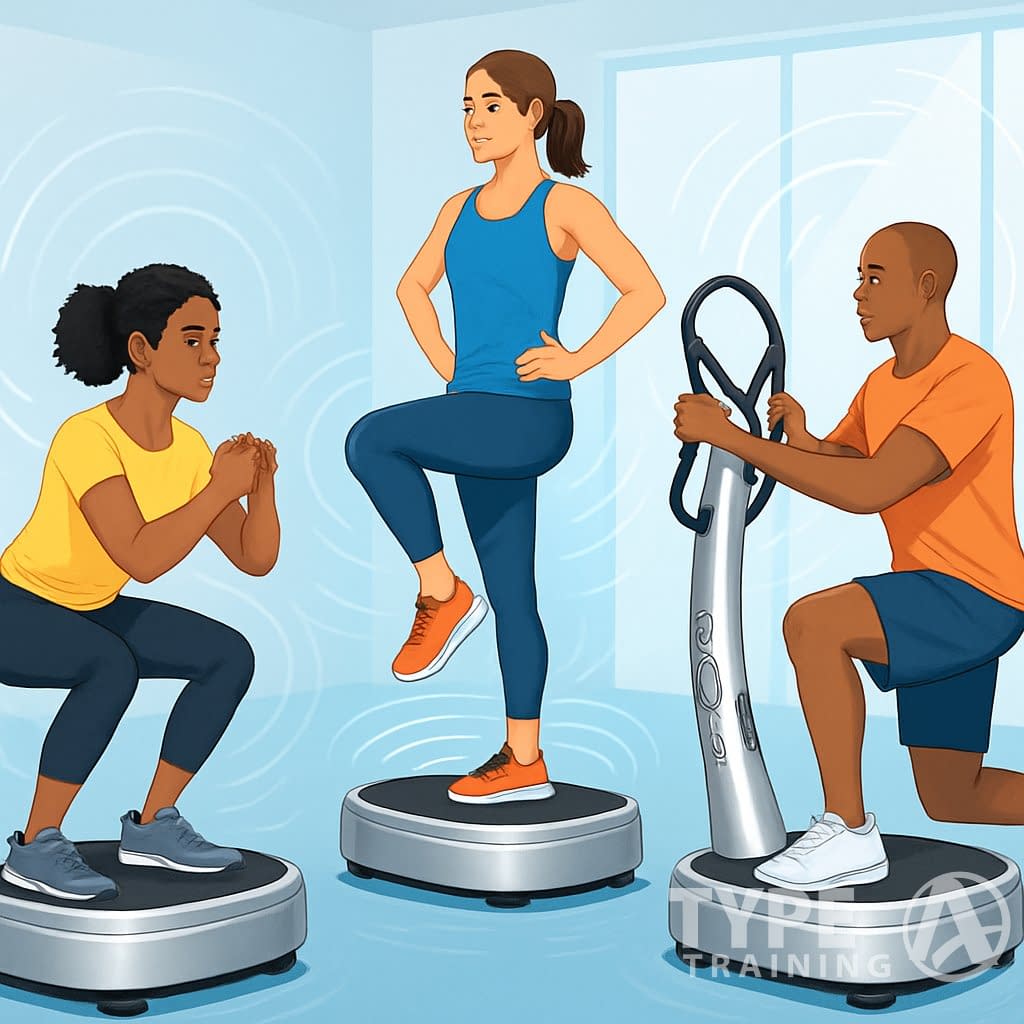
The Power Plate is a fitness device that uses whole-body vibration (WBV) to fire up your muscles while you stand, sit, or move on it. The platform vibrates in multiple directions, creating small, rapid shifts under your feet or hands.
These vibrations make your muscles contract and relax over and over—way faster than you could on your own. Instead of waiting for you to move, your body automatically reacts to the platform’s motion.
This means you recruit more muscle fibers than you would with regular exercise. You can use the Power Plate in a few ways. Some people just stand on it to work on balance and circulation, while others do moves like squats or push-ups to ramp up the challenge.
How it works in practice:
- Frequency: The platform vibrates at speeds between 25–50 times per second.
- Amplitude: The plate shifts a few millimeters, so you definitely feel it but it stays safe.
- Muscle activation: All those quick changes trigger reflex contractions, adding effort to your workout.
Here’s a simple comparison:
| Activity | On the Floor | On Power Plate |
|---|---|---|
| Squat | Works legs and glutes | Adds balance challenge, deeper muscle engagement |
| Plank | Core stability | Greater activation of stabilizers |
| Stretch | Improves flexibility | May increase range of motion |
Because the platform keeps you off-balance, even basic moves feel tougher. It’s handy for warming up, training, or helping your body recover.
Further reading: What Is a Power Plate?
Key Benefits of Power Plate Training
The Power Plate uses vibration to make your muscles contract and relax again and again in seconds. This extra stimulation helps you get more from simple moves like squats, lunges, or even just standing there.
Exploring the Power Plate benefits and exercises helps you make the most of your workout, allowing you to achieve your fitness goals more efficiently.
One big plus is muscle strength and tone. The vibrations push your muscles in new ways, so you can build strength in less time.
Additionally, exploring the Power Plate benefits and exercises can lead to unexpected gains in circulation and flexibility.
You might also notice better balance and stability. Since your body is always working to stay steady, those small stabilizer muscles fire up more often.
This supports joint health and might even help you dodge injuries. Another bonus is better circulation.
The vibrations boost blood flow, which helps your muscles get more oxygen and nutrients. It can also speed up recovery after you work out.
Optimal use of Power Plate benefits and exercises can also influence your overall wellness, improving both mental and physical states.
The Power Plate makes workouts more efficient too. Even simple exercises become tougher, so you can hit big muscle groups without spending hours at the gym.
Some folks use the Power Plate for flexibility and mobility. Gentle stretching on the platform can loosen tight muscles and help you move better.
Here’s a quick look at the key benefits:
| Benefit | How It Helps You |
|---|---|
| Muscle Strength | Builds tone and power efficiently |
| Balance & Stability | Engages stabilizing muscles |
| Circulation | Supports recovery and blood flow |
| Flexibility | Improves mobility and range |
| Workout Efficiency | Saves time with added intensity |
Want to dive deeper: Key Benefits of Power Plate Training for Strength, Recovery, and Overall Fitness
Users often note how Power Plate benefits and exercises can lead to quicker recovery times and greater endurance.
Many users find that the Power Plate benefits and exercises contribute significantly to their overall health and recovery.
Power Plate for Muscle Recovery
Using a Power Plate after workouts can help your muscles recover by easing soreness and boosting blood flow. The vibrations make your muscles contract and relax quickly, encouraging circulation and bringing fresh oxygen and nutrients to tired areas.
Some people notice less swelling and stiffness when they use the machine after exercise. That can make it easier to get back to training sooner and with less discomfort.
Lots of folks like short recovery sessions on the Power Plate. Even just standing or sitting on the platform for a few minutes gets your muscles moving gently and helps you relax.
Adding light stretches while you’re on the plate can loosen up tight spots even more.
Common recovery benefits include:
- Reduced muscle soreness
- Improved circulation
- Decreased stiffness
- Faster return to training
For recovery, just pick a low frequency and hold relaxed positions. For example, sit with your feet on the platform or rest your calves on it—these let the vibrations target certain muscles without extra strain.
Here are some recovery positions you might try:
Incorporate various Power Plate benefits and exercises into your fitness regime to keep it fresh and engaging.
| Position | Purpose | Time (minutes) |
|---|---|---|
| Feet on platform | Lower leg and foot relief | 2–3 |
| Calves on platform | Reduce tightness in calves | 2–4 |
| Sitting on platform | Relax hips and lower back | 2–3 |
| Light stretch on plate | Improve flexibility gently | 2–5 |
Further Reading: Power Plate for Muscle Recovery
Dive even deeper with this post: Power Plate Training: Best Fitness & Recovery Guide
Research suggests that Power Plate benefits and exercises are extremely effective for rehabilitation and injury prevention.
Power Plate for Injury Rehabilitation and Joint Health
Utilizing the Power Plate benefits and exercises can be a game changer for anyone looking to enhance their training routine.
With dedication and understanding of Power Plate benefits and exercises, you can achieve significant improvements in your fitness journey.
The Power Plate can help with recovery after injury because those vibrations make your muscles contract and relax over and over. That lets you strengthen weak spots without putting too much stress on them.
If you’re coming back from an injury, this can make exercise feel safer and more controlled. The platform also helps protect your joints. When you stand or move on the Power Plate, your body works to stabilize itself, which activates muscles around your joints.
This increased muscle activity builds up support and eases the load on your joints, possibly lowering your risk of getting hurt again. You might also notice better circulation, since the vibrations boost blood and lymph flow.
That helps with healing and can cut down stiffness. It’s especially helpful if you deal with swelling or soreness after being active.
Key benefits for rehab and joint health:
- Builds strength in supporting muscles
- Promotes joint stability
- Improves blood and lymph flow
- Reduces stiffness and soreness
- Allows low-impact training
You don’t need long sessions. Most pros suggest 15–20 minutes, 3–4 times per week—enough to see benefits but not overdo it.
| Goal | How Power Plate Helps |
|---|---|
| Joint Protection | Strengthens muscles around joints |
| Injury Rehab | Provides low-impact exercise |
| Pain Relief | Stimulates endorphins and reduces inflammation |
| Recovery | Improves circulation and mobility |
Further reading: Power Plate for Injury Rehabilitation and Joint Health: Enhancing Recovery and Mobility
Power Plate for Stress Relief & Relaxation
Utilizing Power Plate benefits and exercises can also be a restorative process, aiding in stress relief and muscle relaxation.
The Power Plate can help both your body and mind let go of tension. Those gentle vibrations wake up your muscles and get your blood moving, which might ease stiffness and physical stress.
After even a short session, you may feel more relaxed. Some folks notice their nervous system starts to settle down, almost like after a light stretch or massage.
Taking advantage of Power Plate benefits and exercises helps you maintain a balanced and effective fitness regimen.
That rhythmic hum from the machine nudges your body toward a calmer state. Lots of people hop on the Power Plate to unwind after a long workday or a tough workout.
Just standing, sitting, or lying down on the plate can do the trick. You don’t have to go through a whole workout routine—sometimes a few minutes of low-intensity vibration is enough to loosen tight muscles and slow your breathing.
Ideas for relaxation on the Power Plate:
-
- Sit with your feet on the platform and let the vibration travel through your legs.
Finding the right Power Plate benefits and exercises for your needs can enhance your overall workout experience.
- Lie on a mat with your calves or back resting on the plate.
- Stand with knees slightly bent and focus on slow, steady breathing.
| Activity | Benefit |
|---|---|
| Gentle standing | Reduces tension in legs and back |
| Seated use | Promotes circulation and eases lower body fatigue |
| Lying down | Provides soothing vibration like a light massage |
If you want to see more ways to use the Power Plate for recovery, fitness, or just feeling better, check out the Power Plate for Stress Relief & Relaxation Benefits for Mind and Body.
Understanding the various Power Plate benefits and exercises empowers you to make informed decisions about your workout.
Power Plate Stretching: Improve Flexibility and Mobility
Stretching is one of the simplest yet most powerful ways to improve flexibility, reduce stiffness, and support long-term joint health. When combined with the Power Plate, stretching becomes even more effective, thanks to the benefits of whole-body vibration. The vibrations stimulate muscles and connective tissues, helping them relax and lengthen more efficiently than with traditional stretching alone.
Many users find that just a few minutes of stretching on the Power Plate can increase range of motion and reduce tightness, making it an excellent addition to both warm-up and cool-down routines. This makes it especially valuable for athletes, older adults, or anyone who struggles with flexibility.
🔹 Benefits of Power Plate Stretching
- Increases flexibility and mobility
- Reduces muscle tightness and stiffness
- Supports better posture and joint alignment
- Enhances recovery after workouts
- Helps prevent injuries caused by limited range of motion
🔹 Sample Power Plate Stretching Exercises
| Stretch | Duration | Target Area |
|---|---|---|
| Hamstring Stretch | 30 sec | Back of thighs |
| Calf Stretch | 30 sec | Lower legs/ankles |
| Hip Flexor Stretch | 30 sec | Hips and lower back |
| Shoulder Stretch | 20–30 sec | Upper back and shoulders |
| Side Stretch | 20–30 sec | Obliques and spine |
🔹 Key Takeaway
Stretching on the Power Plate is a simple yet powerful way to enhance flexibility, improve mobility, and support recovery. Whether you’re preparing for a workout or winding down afterward, it can help you move more freely and reduce the risk of injury.
👉 For a step-by-step guide to the best routines, see our full article: Power Plate Stretching Exercises.
Power Plate Warm-Up Routines
Warming up on the Power Plate gets your muscles and joints ready for action. The vibration boosts blood flow and helps you move more freely, which makes everything feel a bit smoother.
Start with gentle standing positions. Stand with your feet about shoulder-width apart, knees soft, and let the platform run for 30 to 60 seconds.
This simple stance wakes up your legs and core. If you want to mix it up, add dynamic moves like side lunges or step touches.
These moves loosen up your hips and legs, and the vibration adds just a little extra challenge. Don’t rush—keep things slow and controlled.
Upper body warm-ups work too. Try a plank position with your forearms on the platform for 20 or 30 seconds.
This fires up your shoulders, chest, and core without too much strain. Here’s a quick routine you can try:
| Exercise | Time | Focus Area |
|---|---|---|
| Standing stance | 30–60 sec | Legs, circulation |
| Side lunges | 30 sec each side | Hips, thighs |
| Plank hold | 20–30 sec | Core, shoulders |
| Gentle calf raises | 30 sec | Lower legs |
Keep your movements light during warm-ups. The idea is just to get your body ready, not wear yourself out.
Related: Power Plate Warm-Up: Essential Vibration Training Benefits for Pre-Exercise Preparation
Best Power Plate Exercises for Beginners
If you’re just starting with the Power Plate, stick with simple moves that build strength and balance. The platform’s vibration means your muscles work a little harder with each move, even if you’re just using your body weight.
1. Squats
Stand with feet shoulder-width apart. Lower into a squat, keeping your chest up and knees behind your toes.
This move hits your legs and glutes and helps with stability. 2. Push-Ups
Put your hands on the platform, legs extended behind you, and lower your chest toward the plate, then press back up.
The vibration fires up your chest, shoulders, and arms. 3. Plank Hold
Rest your forearms on the plate, body straight, core tight, and don’t let your hips dip.
This one’s great for your abs and back. 4. Calf Raises
Stand tall with the balls of your feet on the platform. Slowly raise your heels, then lower them.
This strengthens your calves and helps your ankles stay steady. 5. Glute Bridge
Lie on the floor, feet flat on the plate, and lift your hips up, squeezing your glutes at the top.
You’ll feel this in your lower back, hamstrings, and glutes. Here’s a quick reference table:
| Exercise | Main Muscles Worked |
|---|---|
| Squats | Quads, glutes, hamstrings |
| Push-Ups | Chest, shoulders, arms |
| Plank Hold | Core, back |
| Calf Raises | Calves, ankles |
| Glute Bridge | Glutes, hamstrings, back |
Need more routines or step-by-step help? Check out the https://www.typeatraining.com/blog/best-power-plate-exercises-for-beginners/.
Strength Training for Beginners with the Power Plate
When you use the Power Plate for strength training, those vibrations make your muscles contract over and over, really fast. That extra work means you use more muscle fibers than you would on the floor.
Even basic moves like squats and push-ups feel tougher. You can add the Power Plate to regular bodyweight exercises—standing squats, planks, lunges—they all get a little more intense because your body’s fighting to stay steady.
This helps with muscle activation and stability at the same time. Here are a few strength exercises you can try on the Power Plate:
- Squats with feet shoulder-width apart
- Push-ups with hands on the platform
- Forearm plank holding still on the plate
- Step-ups, switching legs each time
- Glute bridges with shoulders on the platform
Even a short session can hit a bunch of muscle groups. For example, squats mainly work your legs and glutes, while planks hit your core and shoulders.
Combine a few moves in a row and you’ll get a full-body workout—no need for marathon gym sessions.
| Exercise | Main Muscles Worked |
|---|---|
| Squat | Quads, glutes, hamstrings |
| Push-up | Chest, arms, shoulders |
| Plank | Core, shoulders, back |
| Step-up | Legs, glutes, balance |
| Glute Bridge | Glutes, lower back, core |
Try short sets of 30 to 60 seconds for each move. Rest between exercises and go for 2 or 3 rounds.
When you’re ready, bump up the time or add light weights on the plate. For more tips and routines, check out the Best Power Plate Exercises for Beginners to Build Strength and Stability.
Advanced Power Plate Workouts for Sports and Performance
Once you’re comfortable with the basics, you can try advanced Power Plate exercises that push strength, balance, and speed. These moves help you prep for sports—anything that needs quick reactions or strong muscle control.
Dynamic Squats on the Power Plate really challenge your lower body. Hold a squat for 30 to 60 seconds and you’ll train your quads, hamstrings, and glutes to handle force better—super helpful for skiing, basketball, or running.
Want to push harder? Add explosive moves like jump squats. The vibration makes your stabilizers work overtime, which helps with coordination and landing soft.
Keep your sets short to avoid burning out. For upper body, try push-ups with hands on the plate—the buzz activates even more muscle fibers in your chest, shoulders, and arms.
This is great for sports that need upper body strength, like tennis or swimming. Balance drills are clutch, too. Standing in a single-leg stance on the plate fires up your core and ankle stabilizers.
That’s especially good for soccer or football, where you’re always shifting your weight. Here’s a quick table of advanced moves and what they target:
| Exercise | Focus Area | Sport Application |
|---|---|---|
| Dynamic Squats | Lower body strength | Skiing, running |
| Jump Squats | Power and coordination | Basketball, volleyball |
| Push-ups on Plate | Upper body strength | Tennis, swimming |
| Single-Leg Balance | Core and stability | Soccer, football |
If you want more advance workout plans, check out Advanced Power Plate Workouts for Strength and Performance Explained
Power Plate for Weight Loss and Fat Burning
If you’re looking to boost weight loss, a Power Plate can help by making your body burn more calories during and after exercise. The platform’s vibrations force your muscles to contract over and over, which makes your body work harder than it would if you did the same movement on the floor.
Many have seen how Power Plate benefits and exercises can help them not only lose weight but also maintain it effectively.
Standing still on the machine won’t torch tons of calories. But when you throw in exercises like squats, push-ups, or planks, your energy burn climbs.
This combo helps you create that all-important calorie deficit, especially if you’re eating well too. Some research points to vibration training supporting fat loss over time.
Studies show regular Power Plate sessions, mixed with other workouts, can lead to modest weight loss. The results aren’t wild, but the machine can definitely make workouts more efficient.
Other perks connected to fat burning:
- Improved circulation, which might help recovery and metabolism
- Increased muscle tone, so you use more energy daily
- Post-exercise calorie burn, since your body keeps working to recover after vibration training
Here’s a quick look at how Power Plate use may affect fat loss:
| Factor | Potential Impact on Weight Loss |
|---|---|
| Muscle contractions | Higher calorie burn during exercise |
| Circulation boost | Better oxygen and nutrient delivery |
| Muscle strength gains | More lean tissue, higher metabolism |
| Workout efficiency | Shorter sessions with added intensity |
If you stick with the Power Plate, you can combine its benefits with a balanced diet and other activities. That’s a solid way to support long-term fat loss.
Integrating Power Plate benefits and exercises into your routine can significantly improve your overall performance.
Want more details on beginner routines? Check out the Power Plate for Weight Loss and Fat Burning Explained for Effective Results.
The Power Plate benefits and exercises can play a crucial role in supporting seniors’ fitness needs effectively.
Focusing on Power Plate benefits and exercises allows seniors to engage safely in physical activities that improve their health.
Power Plate for Seniors: Safe and Effective Training
With Power Plate benefits and exercises, seniors can enhance their strength, balance, and coordination.
The Power Plate lets you stay active without putting extra stress on your joints. Its gentle vibrations wake up your muscles, so you can build strength and stability with less strain than old-school workouts.
Seniors often use this type of exercise to improve balance and coordination. That can mean fewer falls and more confidence moving around.
It might also help keep bones strong, which matters more as you get older. Many older adults like how the Power Plate helps with circulation and flexibility too.
Those vibrations boost blood flow, which can ease stiffness and help you bounce back after activity. And the sessions are short, so you can fit them in without feeling overwhelmed.
Key benefits for seniors include:
- Improved balance and stability
- Increased leg and core strength
- Better circulation and mobility
- Gentle support for joint health
- Short, low-impact sessions
When you’re starting out, keep things simple and the intensity low. Try basic moves like standing, light squats, or just holding the handles while you balance.
As you get more comfortable, you might add seated stretches, calf raises, or light resistance exercises. Don’t rush it.
Targeted Power Plate benefits and exercises can cater specifically to older adults, allowing for safe and effective training.
| Exercise | Purpose | Time (minutes) |
|---|---|---|
| Standing balance | Stability | 1–2 |
| Seated stretch | Flexibility | 2–3 |
| Light squat | Leg strength | 1–2 |
| Calf raise | Circulation | 1–2 |
Check with your doctor before starting anything new, especially if you’re unsure. If you ever feel unsteady, use the handles or set up near a chair for support.
Looking for more routines? Head to the Power Plate for Seniors: Safe and Effective Training for Strength and Mobility.
Power Plate vs. Traditional Workouts: Which Is Better for You?
The advantages of incorporating Power Plate benefits and exercises are clear, especially for those looking to maximize their workout efficiency.
When it comes to fitness, people often wonder whether the Power Plate can replace traditional workouts or if it should be used alongside them. The answer depends on your goals, fitness level, and available time.
Traditional workouts — such as weightlifting, cardio, or bodyweight training — have long been proven to build strength, endurance, and cardiovascular health. The Power Plate, however, introduces whole-body vibration (WBV), which stimulates muscles to contract multiple times per second. This leads to faster muscle activation, improved circulation, and enhanced flexibility in less time.
One of the biggest advantages of the Power Plate is efficiency. A 15-minute Power Plate session can deliver similar benefits to a 45–60 minute traditional workout. This makes it especially appealing to busy professionals, older adults, or anyone looking for a quick yet effective routine. That said, the Power Plate doesn’t completely replace traditional training. For maximum long-term results, many experts recommend combining both approaches.
🔹 Quick Comparison
| Factor | Power Plate ✅ | Traditional Workouts ✅ |
|---|---|---|
| Time Efficiency | 15–20 minutes | 45–60 minutes |
| Muscle Activation | High (via vibration) | Moderate–High |
| Cardio Benefits | Limited (needs add-ons) | Strong |
| Strength Building | Good (especially with weights) | Excellent |
| Flexibility/Mobility | Enhanced | Moderate |
| Accessibility | Great for beginners/seniors | Varies by workout type |
🔹 Key Takeaway
The Power Plate is a powerful complement to traditional workouts. It can save time, boost recovery, and improve flexibility, while conventional training still shines for cardiovascular endurance and heavy strength building.
👉 For a detailed breakdown of how these two approaches compare, read our full guide: Power Plate vs. Traditional Workouts: Comparing Benefits, Risks, and Results.
Common Mistakes to Avoid When Using the Power Plate for Safe and Effective Workouts
Like any fitness tool, the Power Plate is most effective when used correctly. Unfortunately, many beginners (and even experienced users) make mistakes that can limit results or increase the risk of injury. Knowing what to avoid will help you get the most out of your sessions safely.
🔹 Common Mistakes
-
Skipping Warm-Ups
Jumping straight into vibration training without preparing your muscles increases the risk of strains. -
Using Incorrect Posture
Standing with locked knees or poor alignment can put stress on joints instead of muscles. -
Overdoing Frequency or Duration
More isn’t always better — using the Power Plate too often or for too long can lead to fatigue. -
Relying Only on the Power Plate
While effective, the Power Plate should complement, not completely replace, other forms of training. -
Ignoring Intensity Settings
Beginners sometimes start with vibration levels that are too high, which can overwhelm the body.
🔹 Safe Usage Guidelines
| Mistake to Avoid | Safer Alternative ✅ |
|---|---|
| Skipping warm-ups | Do 5 minutes of dynamic stretches first |
| Poor posture | Keep knees slightly bent, core engaged |
| Overuse (daily, >30 min) | Limit to 2–4 sessions/week, 15–20 min each |
| Sole reliance | Combine with cardio/strength training |
| Too high intensity | Start low, progress gradually |
🔹 Key Takeaway
The Power Plate is safe and effective when used properly, but small mistakes can reduce benefits or increase risk. Focus on proper form, moderation, and integration with other workouts for the best results.
👉 For a full list of do’s and don’ts, check out our complete guide: Common Mistakes to Avoid When Using the Power Plate for Safe and Effective Workouts.
Power Plate FAQs: Everything You Need to Know Before You Start
Is the Power Plate safe for beginners? If you’re cleared for exercise and can handle things like jogging or lifting weights, you’ll probably do fine. Still, it’s smart to double-check with your doctor first.
How does it work?
The Power Plate uses whole-body vibration (WBV) technology. The platform moves up, down, side to side, and front to back, making your muscles contract quickly and often.
This can make exercises more effective. It’s kind of wild how it feels at first.
What exercises can you do?
You’ve got options: stretches, balance drills, core moves, strength exercises, even massage sessions. Some people use it for quick warm-ups, others build whole workouts around it.
Do you need special training?
Nope. It helps to start simple, though. Most machines have preset programs, or you can set the time and vibration level yourself.
Can you use weights on the Power Plate?
Sure, you can add dumbbells or resistance bands to make things tougher. But get comfy with your own bodyweight first.
How long should a session last?
Most beginners start with 15–20 minutes, two or three times a week. Often, shorter sessions work just as well since the vibrations get your muscles firing fast.
What are the main benefits?
-
- Better muscle activation
Make sure to explore the different Power Plate benefits and exercises that can enhance your overall fitness experience.
-
- Support for flexibility and balance
- Workouts that don’t eat up your whole day
By utilizing Power Plate benefits and exercises, you can effectively boost your muscle activation and overall workout efficiency.
- Options for recovery and massage
| Feature | Beginner Tip |
|---|---|
| Vibration Settings | Start low, increase gradually |
| Exercise Selection | Focus on basic moves first |
| Session Duration | 15–20 minutes per session |
| Frequency | 2–3 times per week |
If you want more exercise ideas, check out the Power Plate FAQs: Everything You Need to Know Before You Start Training Safely and Effectively.
In summary, understanding the Power Plate benefits and exercises is key to maximizing your fitness potential.
